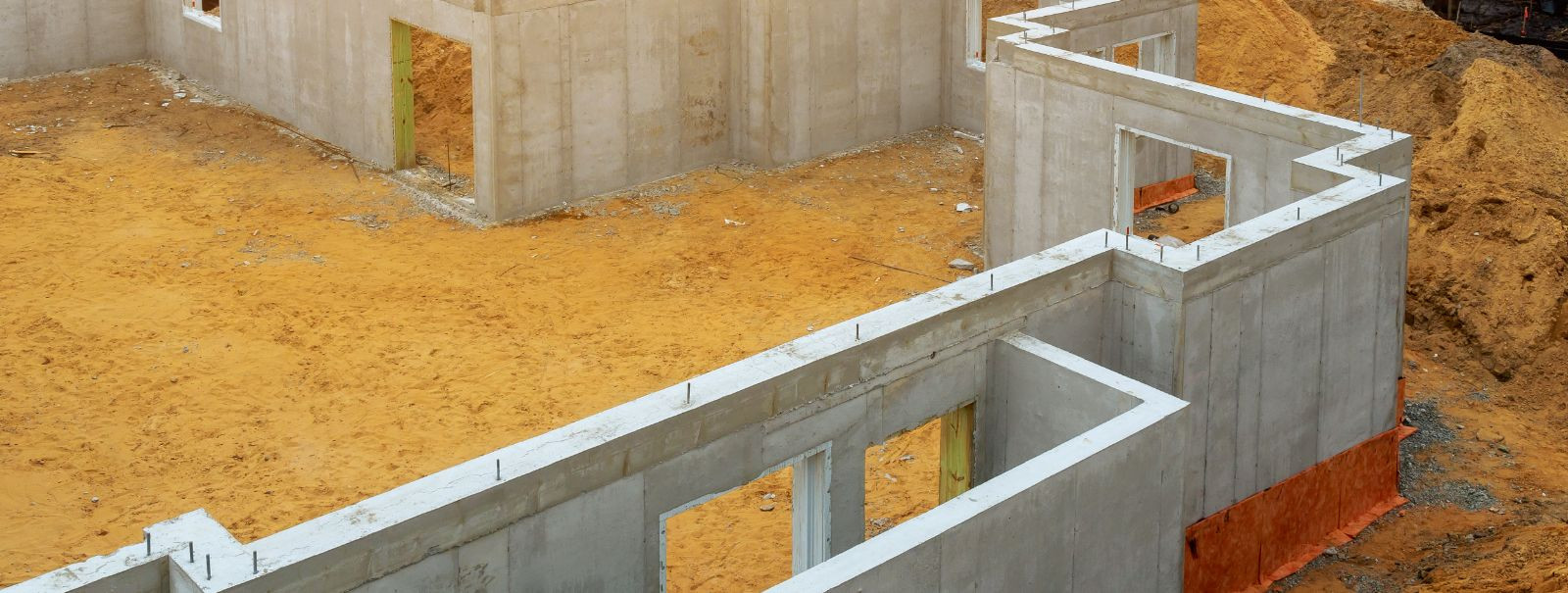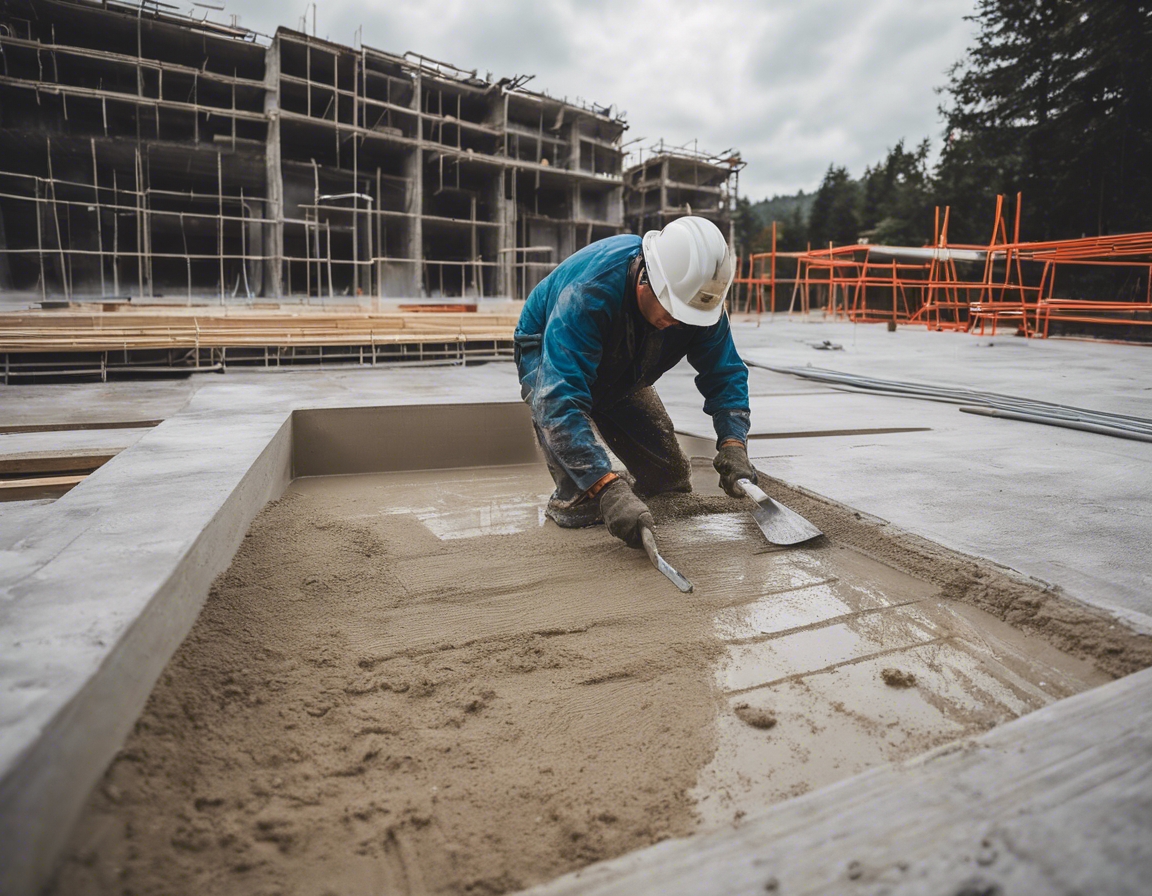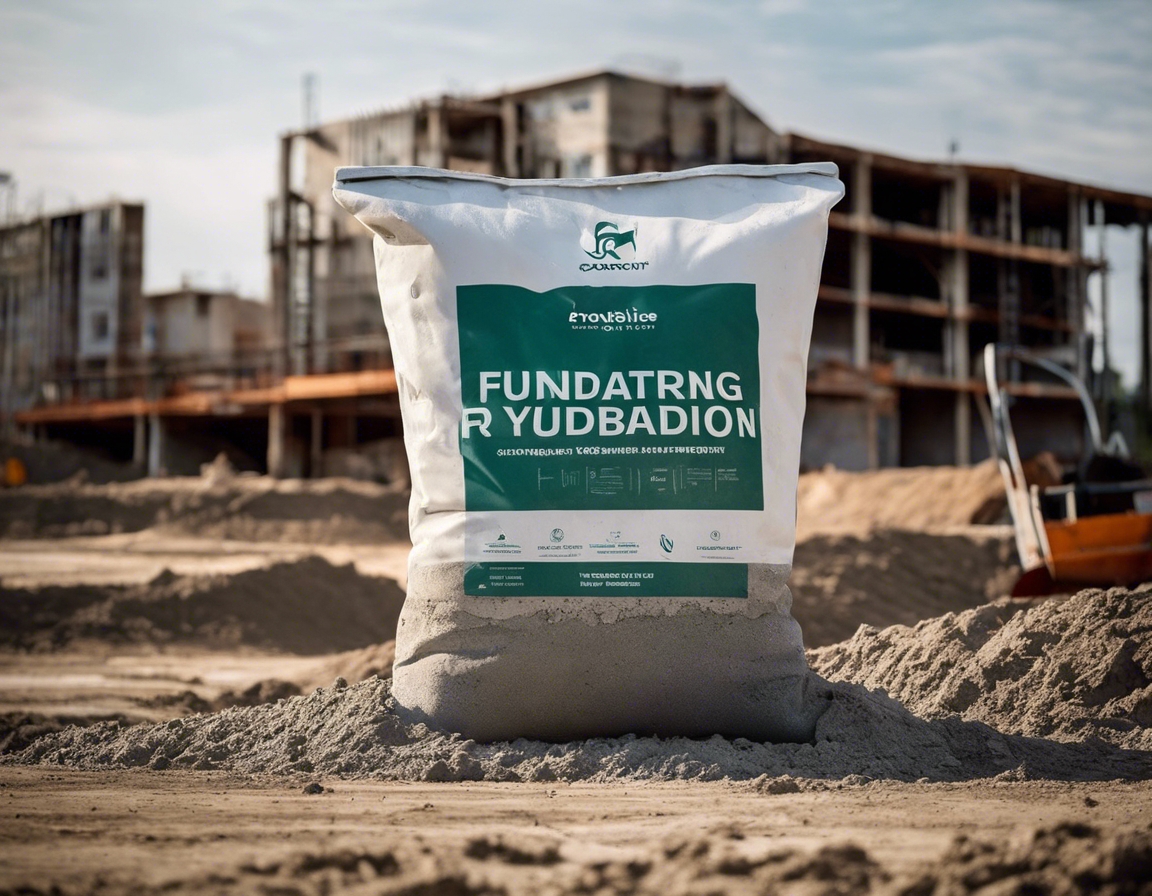The importance of proper foundation in building design
The foundation of a building is the lowest load-bearing part of the structure, designed to distribute the weight of the building evenly and provide a firm base. It is the critical interface between the structure above and the earth below, ensuring stability and structural integrity. A well-designed foundation prevents a range of structural problems, including uneven settling, which can lead to cracks, leaks, and even building collapse.
Foundations come in various forms, each suited to different building requirements and ground conditions. Common types include shallow foundations like slab-on-grade and deep foundations such as piles and caissons. The choice of foundation is influenced by factors such as soil type, load requirements, and environmental conditions.
Key Factors in Foundation Design
Before laying a foundation, a thorough analysis of the soil and site conditions is essential. Soil testing determines the bearing capacity, which influences the foundation design. Factors like water table level, drainage, and the presence of contaminants can significantly affect foundation choices.
The foundation must be capable of supporting the building's load, including the dead load of the structure itself and live loads such as occupants and furniture. Calculating these loads accurately is crucial for determining the size and type of foundation needed.
Climate factors such as freeze-thaw cycles, moisture levels, and seismic activity must be taken into account when designing a foundation. Additionally, the environmental impact of construction materials and methods is an increasingly important consideration in sustainable building practices.
Challenges in Foundation Construction
Challenging ground conditions, such as unstable soil or high water tables, require innovative foundation solutions. Techniques like soil stabilization, dewatering, and the use of specialty piling can mitigate these issues.
A foundation must be designed to last for the life of the building without significant settlement. This involves not only proper design and construction but also ongoing monitoring and maintenance.
The construction industry is continually evolving, with new technologies and materials offering improved performance and sustainability. Foundations must adapt to these changes to meet current and future building standards.
Best Practices in Foundation Construction
Implementing strict quality assurance and control measures ensures that foundations are constructed to the highest standards. This includes regular testing of materials, adherence to building codes, and certification of workers.
Effective collaboration between structural engineers, architects, and construction teams is essential for successful foundation construction. This ensures that the foundation is integrated seamlessly with the building design and meets all structural requirements.
As the industry moves towards more sustainable building practices, eco-friendly foundation solutions are becoming more prevalent. These include the use of recycled materials, reducing the carbon footprint of construction activities, and designing for minimal environmental disturbance.






Comments (0)